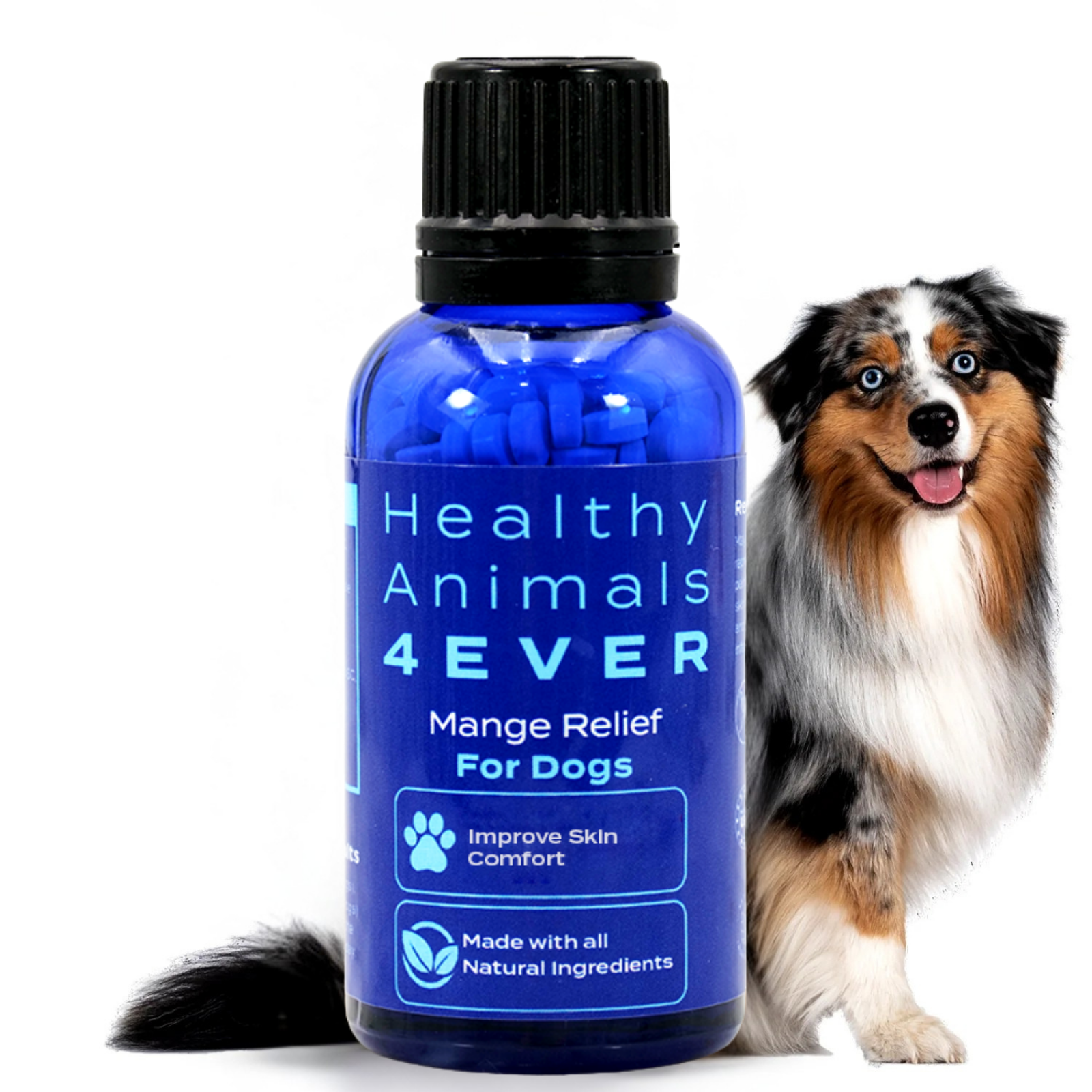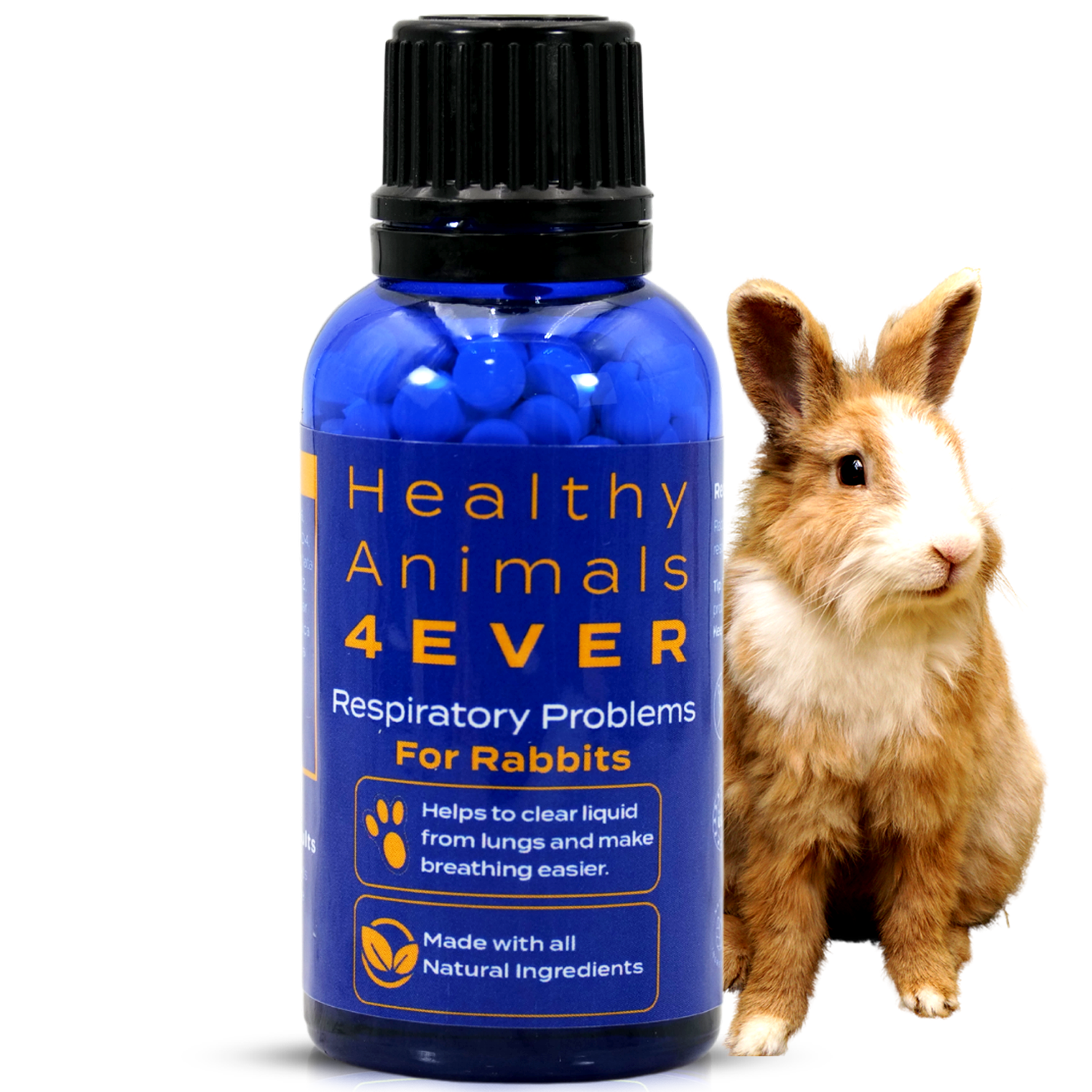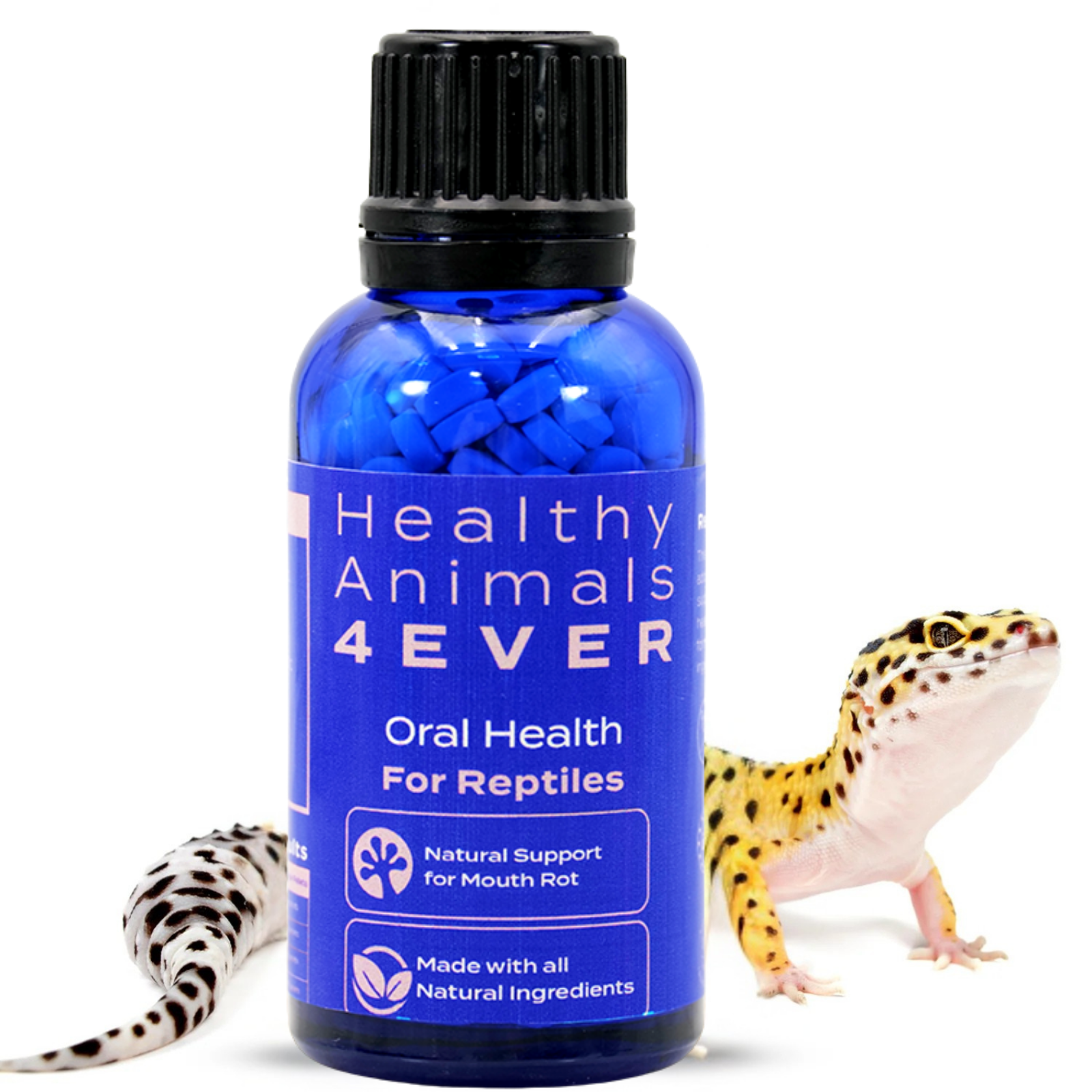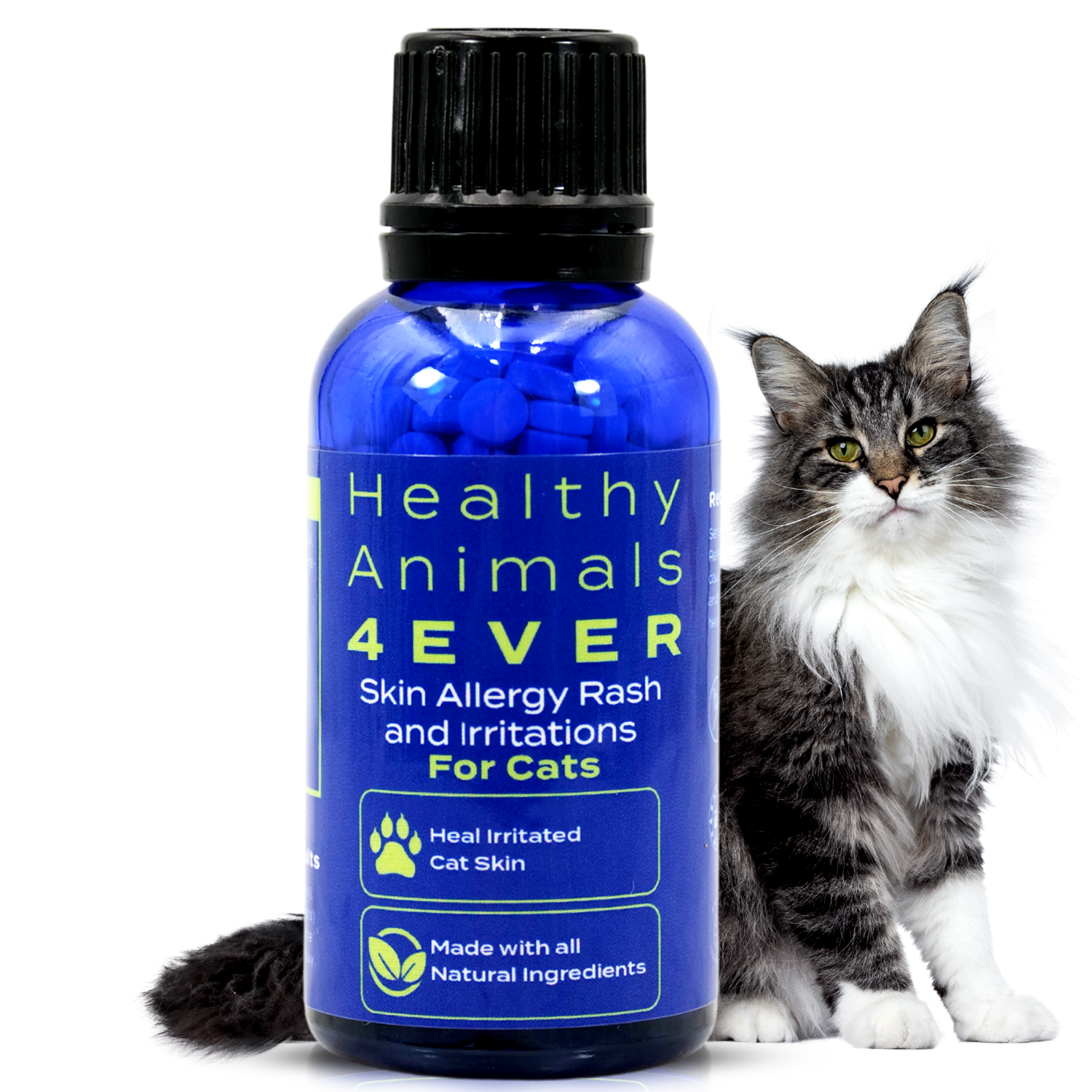Helping Your Cat Stay Healthy
When you get a cat, you start thinking about many things, such as how often to get them to a veterinarian, how to feed them properly, how to train them, etc. This blog will teach you everything you need to keep your cat healthy.
Most of the time, giving your pet food, water, and good shelter is all it takes to keep them healthy. But sometimes, no matter what you do, your cat gets sick. Keep reading to find out why…

- Healthy diet
The first step to help your cat stay healthy is to feed them only the best. Premium cat food is designed to keep your pet happy and healthy, and the best part is that you can choose from wet or dry food.
Make sure you give them enough protein. Cats are carnivores, meaning they need meat or fish daily and animal proteins to survive. Cats' recommended protein intake is around 30% of daily food.
If you feed your cat primarily dry food, ensure they have clean, fresh water available all the time. You can buy a water fountain to encourage your cats to drink more. Running water makes them more enticing.
- How to feed your cat correctly?
You can discuss with your vet how much food your cat needs based on their activity and size. Keep a feeding schedule and give your cat two to three meals daily.
Before buying any food, read the labels to avoid harmful ingredients.
Veterinarians have found that cats seem healthier if they eat wet food. If you find that type of food unsuitable for you, try combining wet and dry food.
You can even cook for your cat. Also, remember not to give your pet food from your plate.
-
Keep your cat hydrated.
Your cat needs access to fresh water all the time. That is especially important if they eat dry food since it only contains 5-10% water. Place the water bowl near the food bowl, so the cat can drink simultaneously when eating. Pay attention to dehydration signs: panting, sunken eyes, and lethargy, and visit your vet if you notice them.

- Keep your cat's teeth clean.
Their gums should be healthy pink color, and their teeth white. Cats can develop tartar on their teeth, leading to bacteria entering the bloodstream and developing feline diseases. If your cat does not let you brush its teeth, make an appointment with the vet for a dental cleaning several times a year.
- Pay attention to your cat.
Please pay attention to your cat's behavior to know when he's sick and when to take him to the vet. It is the first step to determine whether your cat is sick.
If your cat lays all the time, lacks energy, acts sluggish, or does not eat, take him immediately to the vet.
When grooming your pet regularly, you can notice changes to their coat. Take them to the veterinarian if you see abnormal shedding or if their coat is patchy and dull.
Common sicknesses and ailments are usually minor. However, going to the vet at the right time might determine your cat's life and death.

- Don't look away from strange symptoms!
With basic sickness, diarrhea and vomiting are very common. But if you notice your cat is doing either for more days, you should contact your veterinarian.
When coughing, a cat dislodges hairballs, so it is pretty standard. If you see him coughing for another reason, it’s better to check it out with your vet.
- Vaccinate them on time.
You must ensure that your cat gets vaccinated on schedule to avoid various diseases.
Vaccination is divided into two categories, core, and non-core. Most vets highly recommend Core vaccinations. Non-core, also called lifestyle vaccinations, are also recommended but less frequently.
Core vaccinations include rabies, feline calicivirus, herpesvirus1, and feline distemper (panleukopenia).
Feline distemper is an exceptionally infectious disease with a high mortality rate. It is one of the most devastating diseases a cat can get and one of the easiest to prevent. The disease strikes cats quickly; it starts with a low appetite and lack of energy and soon progresses to vomiting and diarrhea, leaving little time to seek treatment.
Feline parvovirus kills white blood cells, making cats more susceptible to secondary infections.
Feline leukemia is another very deadly disease that can be prevented early on. The disease is found worldwide and spreads through body fluids. Leukemia can be spread quickly among cats, especially if they share bowls with food. It can not be transmitted to humans. Please note that many cats with the disease go into a regressive state and appear healthy.
Some vaccinations can treat the disease, but your veterinarian should choose an appropriate vaccination schedule. If your cat has it, remember that you still need to be careful and not expose other cats to the disease.

- Protect them from worms.
Another widespread problem with cats that stay outdoors is worms. Cats with worms usually have little appetite and coats without shine. Several different types of worms, including ringworm and hookworm, can come from fleas, lice, or even the organs of dead rodents that cats consume.
Your cat might digest the eggs, which will later mature and attach themselves to the walls of the intestines.
You can take many preventative measures against worm infestation - several effective and safe ways can treat worms. Some home remedies that might help are feeding your cat garlic, carrots, pumpkin seeds, or apple cider vinegar.
Your veterinarian may prescribe dewormers that kill larval and adult worms in the intestines.
- Groom your cat regularly.
Although cats groom themselves, the reason you should do it is hairballs.
Use a brush that can reach the undercoat. By grooming, you remove the dead hair from your cat's coat, so they do not ingest it.
That way, you can also see changes in your cat's fur or body. If a cat loses hair in large bumps or the skin looks irritated, take them to the vet. Even changes in grooming behavior can be a sign of problems, so keep that in mind.
Check for fleas regularly, and on any sign of infestation, talk to the vet about prescription deflea products.
- Keep the litter box clean.
Cats won't use the litter box if it is dirty or smelly. So, scoop it daily, and wash it at least once a week.
Since plastic can hold on residues, buy a new one once a year.
When you clean the litter box, you can notice changes in your cat's urine and stool and quickly respond to any health problems your cat may be suffering from.
One litter box per cat and a spare one is advised.
When a cat urinates outside a clean litter box, it may be due to a urinary infection or other health issues. Another important thing is to put the litter box away from food and water and in a light, open, quiet place where your cat can look at their surroundings.
- Neuter or spay your cat.
Try to do this procedure before your cat turns one year old. The best time is before they reach four months old.
Both genders may be affected by reproductive system diseases. Neutering male cats will prevent fights with other cats. That way, they are less likely to catch diseases or get injured.
Neutering also prevents male cats from roaming around and getting health issues like prostate problems and testicular cancer.
Spaying prevents breast tumors, uterine infections, and ovarian cancer.
- Keep your cat's feet clean.
This way, you can notice any changes on their paws, like swelling, cuts, or sores.
Provide your cat with various scratching posts and teach them to use them. By scratching, they remove old layers of their claws.
You can put several different scratching posts around the house; make sure they are in a location everyone sees to make it appealing for your pet. You can spray catnip on the post to make your cat more interested.
Do not declaw your cat - the process is excruciating for them. The alternative thing you can do is regular nail clipping.

- Let them play.
Exercise provides physical and mental stimulation and helps maintain a healthy weight. You can play with feather toys, laser pointers, balls, and mouse toys; ensure the toys are suitable for cats.
You can even get your cat a cat tree. They can jump on the tree, climb, run on it, play with dangling toys, and even use it as a scratching post. For additional mental stimulation, put it by the window.
Cats get bored quickly, so by raising the curtains and putting a bird feeder outside the window, you can ensure hours of fun for your cat.

- Visit the vet regularly.
It’s a good idea to get pet insurance. Then choose a good vet for your cat. Look for one that has separate areas for dogs and cats. Depending on your cat's age, please take it to a checkup at least once a year. The vet will examine the cat, administer vaccination, heartworm medication, and, if needed, thick and flea control. The vet can also help you with any concerns, make dietary changes, and advise you on taking care of a specific cat breed and keeping your cat healthy. Remember, spotting problems early on makes it easier to deal with them.
The bottom line
Taking care of your cat will keep them healthy for many years.
As much as holistic care for pets is great, sometimes your cat may need the professional help of a vet. Be sure to attend all his scheduled checkups with the vet since proper vaccinations should protect against numerous pests and diseases.
Although your cat might be only indoors, microchipping him is an excellent idea. Then, if they run away, they can quickly be reunited with their family.
To sum up, keep in mind that prevention is always the best cure. By taking the appropriate steps with your cat now, you can prevent health problems from happening in the future.










